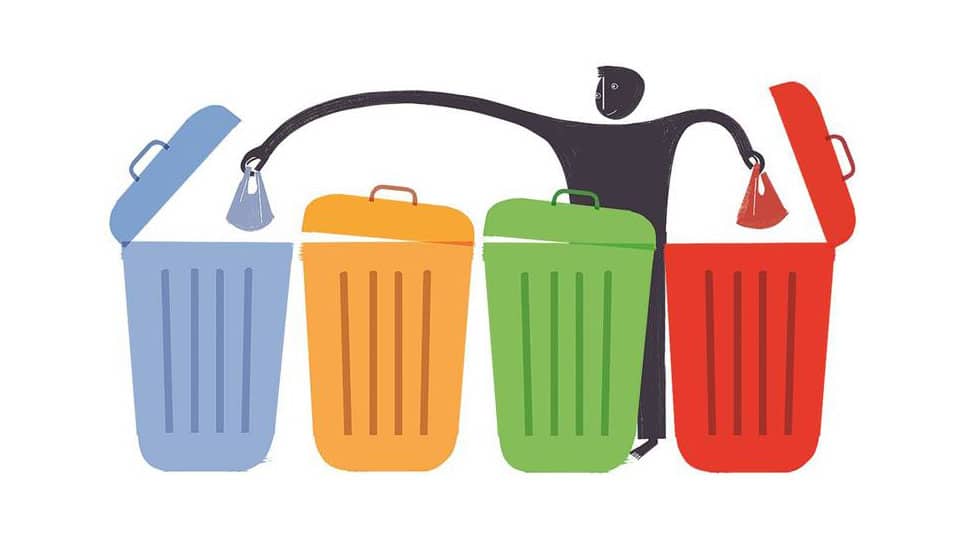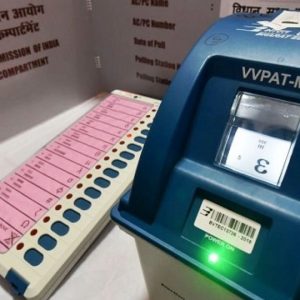The nature, number, volume and, last but not the least, the unbearable intensity of odour of all the residue generated by human beings and accumulating at the end of every day has long past crossed the limit of human ingenuity to deal with the obnoxious mass locally, regionally, nationally and even globally everywhere on planet earth, barring some rare exceptions. Perhaps, the exceptions are spaces yet to be inhabited by homosapiens, that is, us. Urban populations, having put to use the innumerable technologies, ostensibly to live in steadily improving comfort and convenience, unmindful of the costs and consequences (such as generating residue), find themselves in a piquant predicament, being clueless on whether to step back from the current resource-intensive lifestyle or continue with the all-too-clear trend of generating-residue-and-not-knowing-where-to-take-it.
While it may not be too far back in time when the public debate on dealing with debris in all its demon like image began, particularly in the land, people at large heard about its classification into biodegradable, hazardous, reusable, recyclable and even avoidable, thus diverting attention of all concerned from the onerous task of reining in the offending mass and its generators.
Strangely or otherwise, the daily mass of residue familiar to all as sewage, that used to move incognito in the underground drainage (UGD) network of urban spaces until not too long ago and currently often showing up overground, even during months before and after the monsoon rains, thanks to the outdated infrastructure, has been sidelined by the municipal authorities, including the bureaucracy in Mysuru City Corporation (MCC), even as its hazardous impact on health of citizens and livestock is no less than the solid wastes. One cannot be faulted to observe that the various measures being taken to hold the bull of debris by its horns as it were, such as (a) segregation, (b) door-to-door-collection, (c) composting, (d) land-fill use, (e) sewage treatment plants, (f) dumping in untenanted spaces and so on are far short of addressing the self-created challenge.
Taking a peek at the national figures portraying garbage published by the Central Pollution Control Board that waste from India’s cities has crossed 1,42,870 tonnes per day, of which 12,858 tonnes is not even collected while only 23 percent of the rest is treated, anybody will get frightened to face the unending, ageless agenda of the debris deal.








Recent Comments